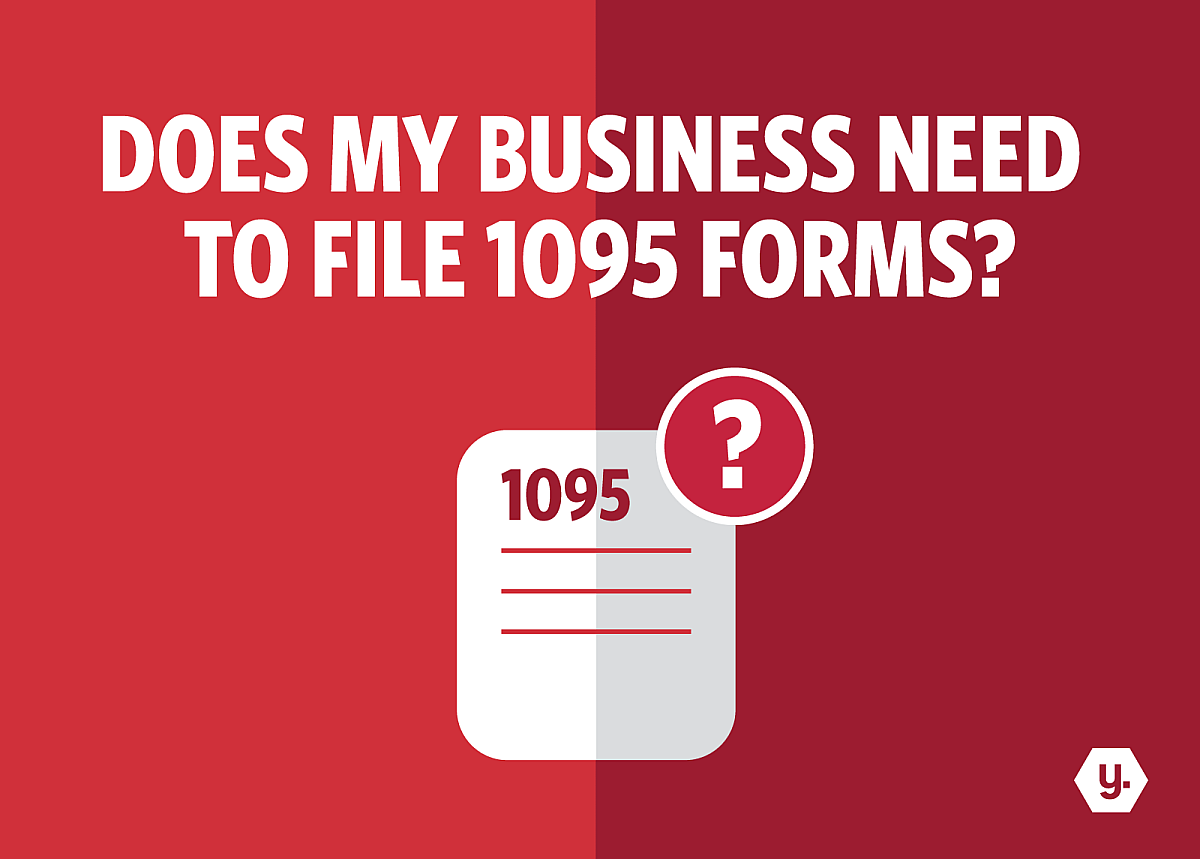
Get Ready - New E-File Threshold Is Here
Is your business prepared to e-file? That is a question today’s businesses, including smaller employers, should be asking themselves since the Internal Revenue Service recently released final regulations that reduce the number of returns a business can prepare before e-filing is required for information returns like W-2 and 1099 forms. The new regulations are expected to have a significant impact on a number of businesses!
On February 23, 2023, the IRS released final regulations that lowers the e-file threshold for certain information returns from 250 returns to 10 returns for calendar year 2023 (filed in 2024).
In addition, the new regulations eliminate the non-aggregation rule. Previously, the 250-return threshold was based on form type. For example, prior to the new regulations, if a filer had 300 1099-DIV forms to file and 200 1099-INT forms to file, the filer was only required to file the 1099-DIV forms electronically since the volume was 250 or more. This filer would not have been required to file the 1099-INT forms electronically because the volume was less than the threshold.
Under the new regulations, filers need to combine the total number of forms to be filed and, if the total is at least the e-file threshold number, all forms would have to be filed electronically regardless of the number per form type.
Clearly, now that the new threshold has been lowered to 10 returns, this change will impact a significant number of filers, especially since the non-aggregation rule has also been eliminated.
Consider this: Even if a small business has only five employees, but also hires five independent contractors (reporting $600 or more in income), that business would have to comply with the e-file threshold. The bottom line: Only the very small filers would not be impacted.
Are there any exceptions? Yes. In cases of undue hardship, the new regulations do allow for a waiver of these requirements. One factor in determining hardship is if the cost of filing electronically exceeds the cost of filing on paper.
Why a Lower E-File Threshold?
The regulations are in line with a provision of the Taxpayer First Act of 2019, which required the IRS to modernize its technology, improve taxpayer service, and enhance its cybersecurity to reduce identity theft.
Within its broad-sweeping changes, the Taxpayer First Act gave the IRS authority to issue regulations to lower the e-file threshold and encouraged the IRS to require more businesses to e-file their information returns.
“E-file is the preferred filing method by both IRS and the Social Security Administration because it is more efficient and less costly to process. Since it is quicker to process data from an e-filed return versus a paper return, this also means that the data from the information return is available sooner to be used to validate that the information reported on an income tax return matches data provided from the information return. This helps to better detect fraudulent returns,” said Janice Krueger, subject matter expert for Greatland.
Act Now
It is important for businesses to act now to prepare and better position themselves for this change. This includes working with a vendor that can effectively meet all of their information reporting needs given the complexities and ever-changing landscape of rules and regulations.
“A substantial number of businesses will be impacted by the lower e-file threshold. For most businesses, their core competency is not filing information returns; therefore, it is in their best interest to find a vendor who can meet all of their information reporting needs including federal, state, and recipient filing for all form types so that they can focus on their primary business objectives and avoid potential penalties, Krueger said.
Unless they have a combined total of less than 10 information returns to file, all businesses should be prepared to e-file now that the regulations are final, not just for Forms W-2 and 1099, but also for Form 1095."
In an effort to drive efficiencies, reduce costs, and combat fraudulent returns, e-filing is the preferred filing method by federal and state agencies. For those businesses that still file via paper, it may be time to rethink that approach and embrace e-filing.
Employers can certainly choose to e-file their returns themselves; however, given the complexities in doing so and the time involved, many will find it easier and more cost-effective to turn to a third party to meet all of their e-file requirements.
Consider, for example, a comprehensive online 1099 and W-2 reporting platform like Yearli.com by Greatland. Yearli.com supports e-filing not only for federal filing, but it also handles state filing. In addition, Yearli.com offers a print and mail service that sends copies of the information returns to the recipients and employees.
Furthermore, Yearli.com has a year-around compliance staff that remains in close contact with federal and state agencies to help ensure compliance at both the federal and state levels. And it offers three service options so businesses can easily find a solution that best fits their budget and needs.
Don’t be left unprepared. The new IRS regulations will impact a significant number of employers. Act today to ensure your business is in compliance.
Latest News
-
 November 25, 2025
November 25, 2025New Alternative Furnishing Method for Forms 1095-B and 1095-C Comes with Complexities
The IRS has updated the Affordable Care Act (ACA) reporting process for Forms 1095-B and 1095-C. These changes aim to reduce administrative costs and simplify reporting, but they also create new compliance challenges for employers and health insurance providers.Read More -
 October 8, 2025
October 8, 2025Your Business Guide to 1099 Filing in 2025: Deadlines and Compliance Tips with Yearli
Businesses must prepare for 2025 IRS 1099 filing by understanding key deadlines for Forms 1099-NEC and 1099-MISC and leveraging e-filing tools like Yearli to stay compliant. This guide outlines important dates, recent IRS updates, and practical tips to avoid penalties and streamline the filing process.Read More -
December 30, 2024
Understanding Form 1099-DA: A Comprehensive Guide to Filing for Digital Asset Transactions
As the use of digital assets like cryptocurrencies and non-fungible tokens (NFTs) continues to grow, so does the need for clear tax reporting guidelines. To address this, the IRS has introduced Form 1099-DA, which will be required starting in 2025.Read More
